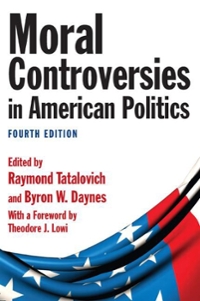4. A key point of supply-side economists is that tax cuts will grow the economic pie (real GDP ). Draw the labor market and production function graphs and demonstrate the effects of a tax cut that increases incentives to work , save , and invest . Show that the economic pie , i.e. full employment level of real GDP (Yf *), is larger than before the tax cut . 5. Draw the Laffer Curve and EXPLAIN in sentence form what it says . 6. Suppose the government tax rate is a flat 50 percent . Current GDP is $10 Trillion and hence revenue collected by the government is $5 Trillion . Suppose we cut the tax rate to 40 percent . Under the assumption that no one would change their behavior , how much will this tax cut cost in lost revenue ? Supply -siders argue that such a tax cut would increase economic growth since it would increase incentives to work and invest - assume that this tax cut causes the economy to grow 5 percent increasing GDP (and hence the tax base ) to 10.5 Trillion. How much does the tax cut cost in terms of lost revenue next year ? (Hint : what is 40 percent of 10.5 Trillion ? Compare this to your original $5 trillion in revenue .) Class 14: "Focus on Consumption and Investment 1. In class we went over the four most important factors that affect household consumption . Go through each of these and explain why they affect consumption and in what direction (i.e., a rise in XYZ will cause consumption to fall , etc .). 2. Explain the permanent -income hypothesis . What does this hypothesis imply about the ability of a stimulus policy such as a one - time government check sent to every household to work ? 3. How can demographic factors help explain the high savings rate in China today ? 4. Discuss the two most important factors that affect Investment (recall "Investment " refers to goods purchased by firms ... which are of course used in the production of other goods ). 5. Do economists care about the stock market in terms of any direct impact it may have on the factors that drive the macroeconomy ? Yes or no and briefly explain. 6. How did rising house values 2002 -2005 affect the spending of households ( consumption ) and hence aggregate demand ? How did the popping of this bubble in 2006 (significant drops in home values since this time ) affect spending ? Class 15: "The ABC's of the IRS" Suppose the British tax system is like this one that we used in the homework for class 13. Income Tax Percent 0-20,000 0% 20,001 -30,000 20% 30,001 -50,000 40 % All income above 50K is taxed 60 % 1. However , in Slovakia (as well as Latvia , Estonia , Iraq , Lithuania , Hong Kong , Romania , and several other countries ), the tax system is a flat tax of around 15 percent. Suppose two people , on in England and Slovakia and the other in Slovakia currently make 50,000 . Both were told by their bosses that they'd earn a 5,000 salary bonus if they took on some extra tasks and did a good job . How might the economic incentive system in these







